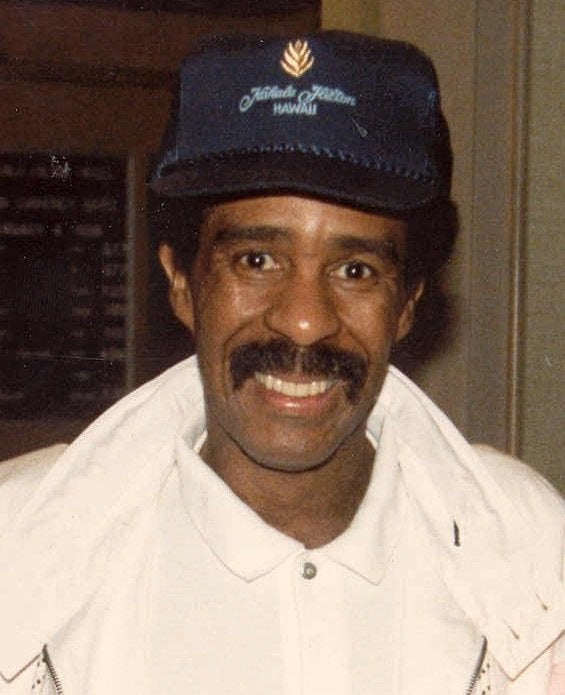He loves all food, but particularly lasagna. He hates spiders, dieting and Odie the dog. He sheds a lot, and then he sleeps a lot.
For a comic strip that's made the same six jokes about its titular character since 1978, Jim Davis' "Garfield" has had impressive staying power. By 1983, the strip had nestled itself into 1,300 newspapers, and in 2002 became the most widely syndicated comic of all time, appearing in 2,570 outlets. According to Paws, Inc., the company Davis founded to manage "Garfield," that number hovers around 2,100 today. And so, the bright orange tabby with all the spice of the Indiana country town from which he originated has endured, the same symbol of family-friendly humor, caught in a stagnant web of licensing agreements.
But that was always the plan.
Back in 1982, The Washington Post's Walter Shapiro conducted a long interview with Davis on the runaway success of his comic strip. Since today is Davis' birthday, we revisited that interview to learn why, exactly, "Garfield" just won't quit.
Garfield the cat was made for marketing.
After the failure of "Gnorm Gnat," an early strip that centered on bugs -- but with nearly a decade of cartooning experience under his belt -- Davis specifically set out to come up with "a good, marketable character," he told The Washington Post. He noted the success of "Peanuts" and other comics that featured dogs, but saw a niche in the market for a strong feline character. Particularly a "selfish, cynical, lazy type" in line with Davis' own sense of humor.
He was, however, caught off guard by the strip's rapid rise in popularity. The cat soon evolved from his original spherical form to a more petite, long-limbed version so he could do more. Like "reach for a slice of pie," Davis said in a 2001 interview. (Or sell T-shirts and cereal.)
He is maximally inoffensive, never referencing the news of the day.
Garfield is an animal because animals live outside the realm of human conflict. ("Snoopy is very popular in licensing. Charlie Brown is not," Davis noted wisely.) Because the strip needed to appeal to everyone, everywhere, the cartoonist made an early decision not to associate his creation with any social or political ideals.
"In an effort to keep the gags broad, the humor general and applicable to everyone, I deal mainly with eating and sleeping," Davis explained to The Washington Post. He added that the strip also includes no rhymes, plays on words, or colloquialisms that could get lost in translation, thus hurting its appeal to international consumers.
His comics are absurdly simple, and quick to make ...
Look at a "Garfield" comic. Nearly all the action occurs on a tabletop. The background is one color. Jon, owner of Garfield, is pictured mainly as a bust. A weekday strip, Davis said, would take him a little over an hour to produce, amounting to 13 or 14 hours of work per week. That freed up around 60 hours per week to spend on licensing and other Garfield-related projects, he explained.
Even today, Davis is still deeply involved in the day-to-day business of "Garfield," although he has a lot more help from the many artists and writers at Paws, Inc., and says that he sets aside one week each month to crank out strips. When a 2010 comic accidentally made a political point -- featuring spiders who were seemingly critical of Veteran's Day -- an apology came straight from Davis himself, who admitted to using a calendar without holidays listed. The strip itself had been written a full year in advance.
And they're predictable as hell.
"The predictability of the personality of the character in the long run helps to maintain the comic strip," Davis told The Washington Post. He liked to include a couple "sight gags" per week -- Odie getting kicked off the table, Nermal almost shipped off to Abu Dhabi, that type of thing -- another couple "nice thoughts" to elicit a smile, and one "quotable quote." Something you could hang on a wall somewhere, he said.
Davis' creation has been undeniably successful, but it seems less of a beloved comic strip than a beloved brand logo. Simple, easy-to-replicate and inoffensive are the aim of most every advertising creative -- and there's nothing terribly wrong with that, so long as we recognize it for what it is.
For his part, Davis partly credits a Midwestern upbringing for his success, pointing out that many well-known American cartoonists are from the region. Davis seems to enjoy his home state for the simple, predictable lifestyle it offers.
"I like to visit friends. I like to fish. I like to work, primarily," he said. And so he's built his orange-striped empire.
Also on HuffPost:

